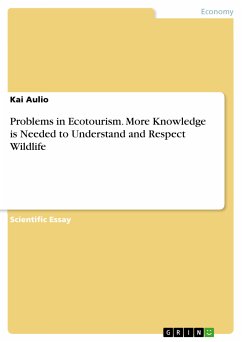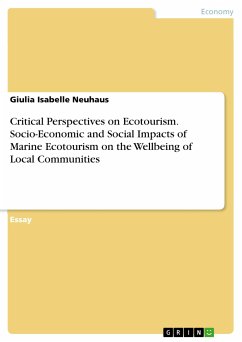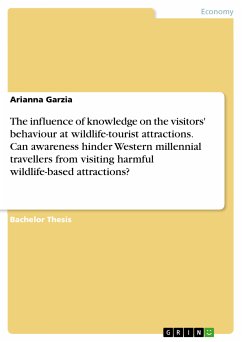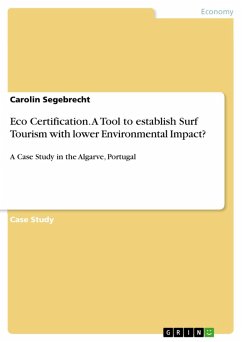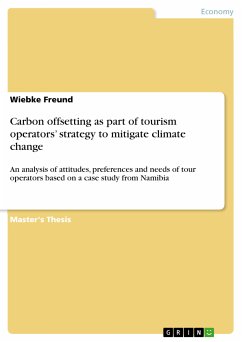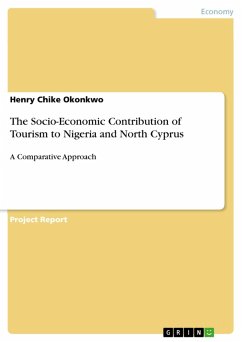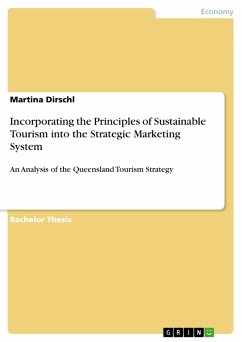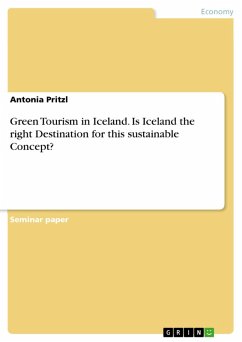Scientific Essay from the year 2017 in the subject Tourism - Miscellaneous, , language: English, abstract: Non-invasive utilization of wildlife is a major incentive for international tourism, but the increase in extraction of natural resources should show more respect to animal rights and welfare. In many destinations, a lion's share of travel decisions is based on the possibility to see wild animals. Problems in erosion and pollution of environment are better understood than the relationships between visiting tourists and the local wildlife. United Nations declared 2017 "The International Year of Sustainable Tourism for Development", and the theme of annual World Environment Day (5 June) was dedicated to sustainable wildlife experiences by the theme "Connecting People to Nature". In spite of unanimously accepted emphasis of respect of nature and decades-long education and studies, unpleasant fact is that there are far too many operations going on in so called ecotourism that do not respect nature or animal rights. The preset outlook presents an excerpt from recent studies and news items regarding the close relationships between international tourism industry and managing and conserving nature - as well as problems in the relationship - in the Year of Sustainable Tourism. The present overview briefly describes a few conflicts - and also successful examples - between wildlife and wildlife tourism, published recently, mainly in 2016 and 2017.
Dieser Download kann aus rechtlichen Gründen nur mit Rechnungsadresse in A, B, BG, CY, CZ, D, DK, EW, E, FIN, F, GR, HR, H, IRL, I, LT, L, LR, M, NL, PL, P, R, S, SLO, SK ausgeliefert werden.

